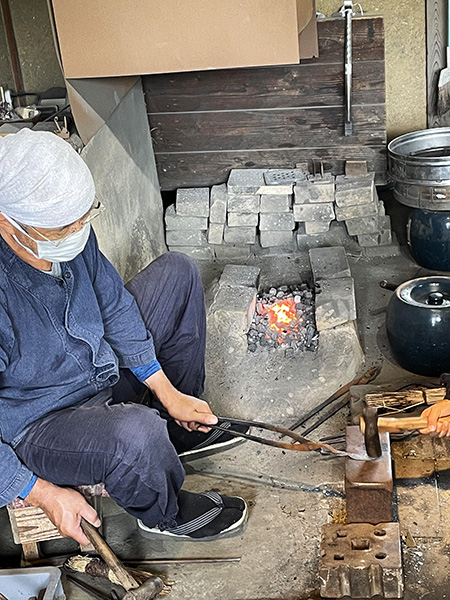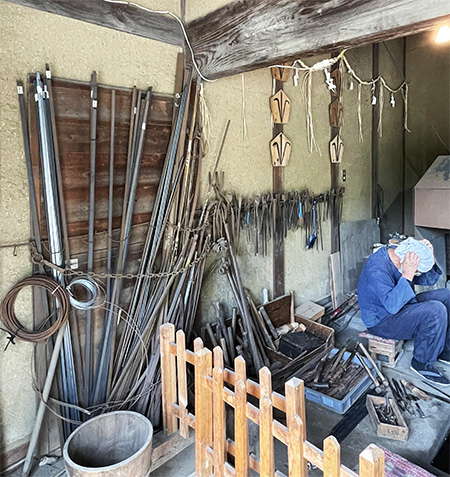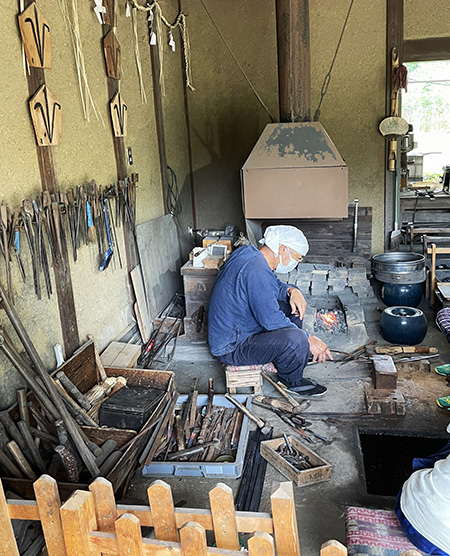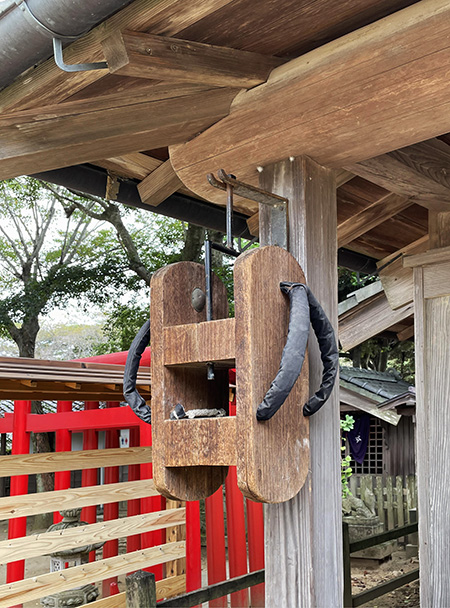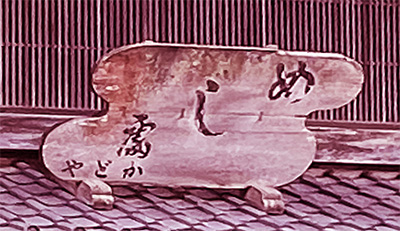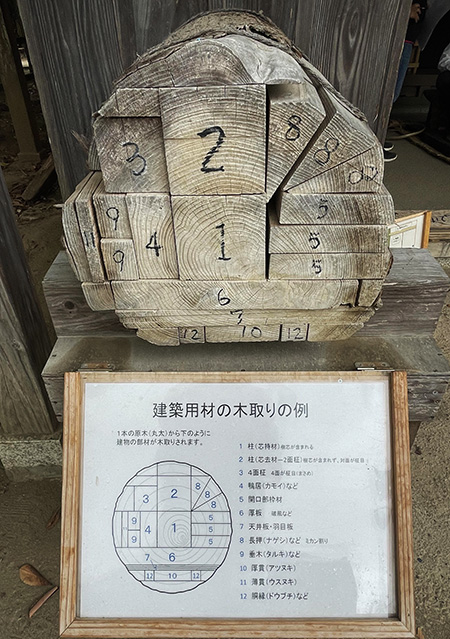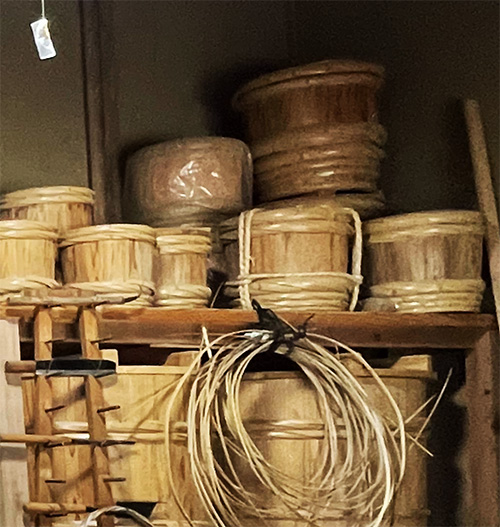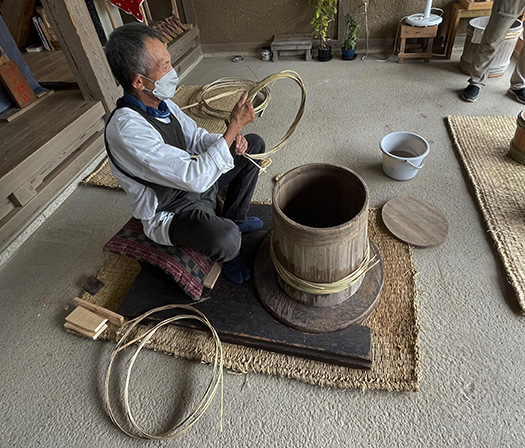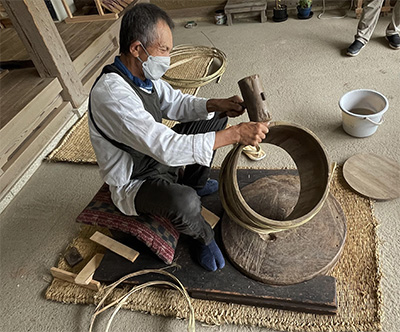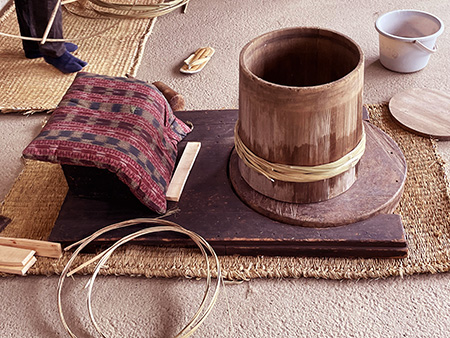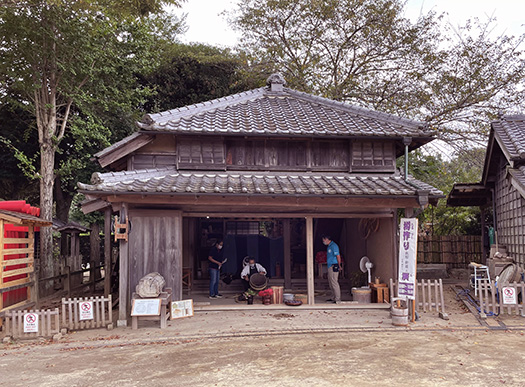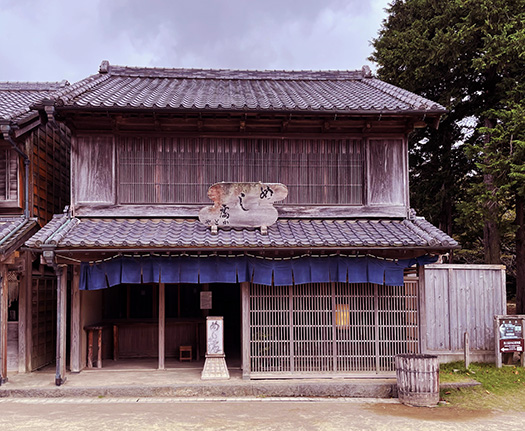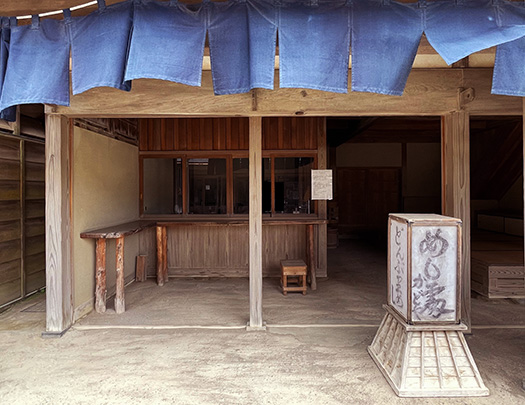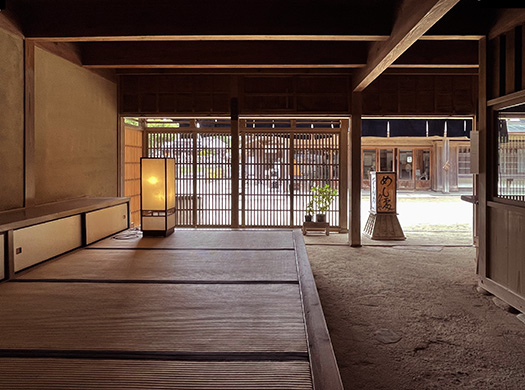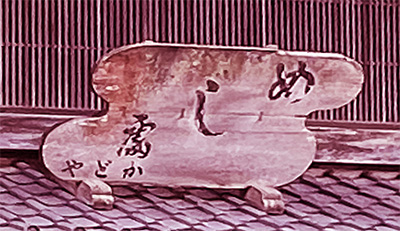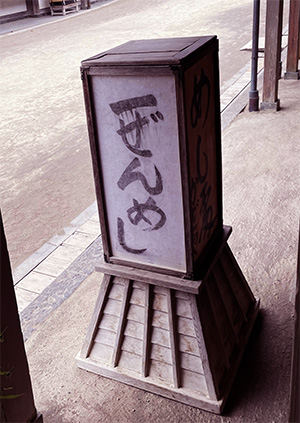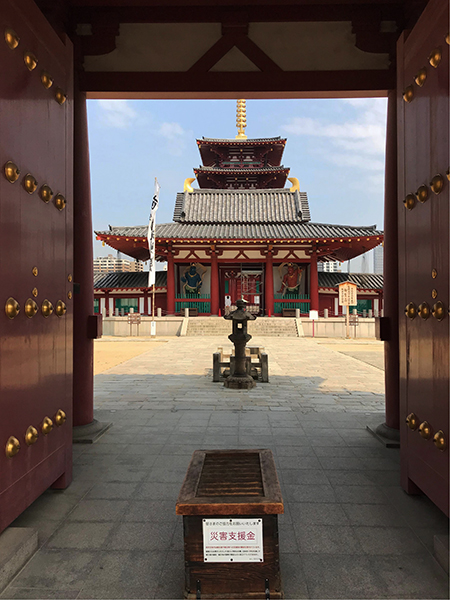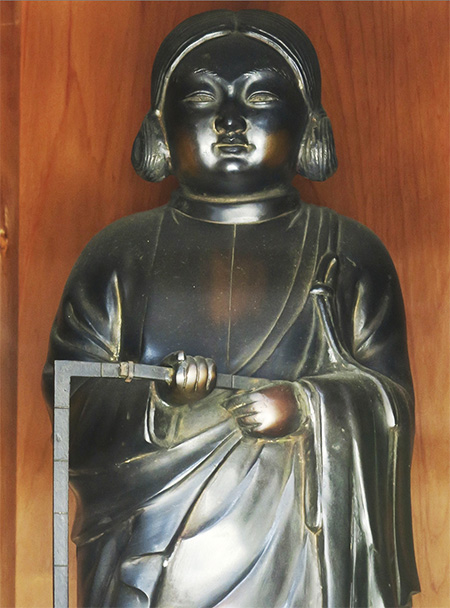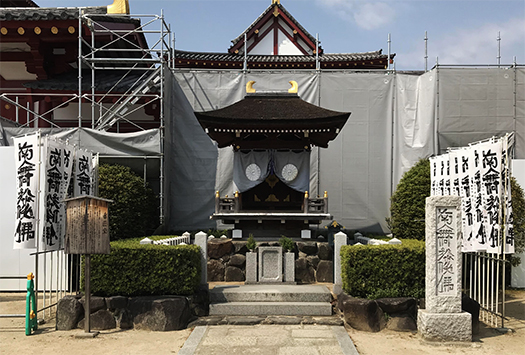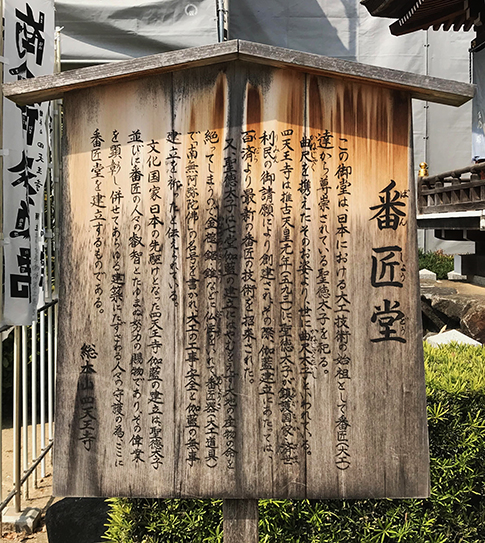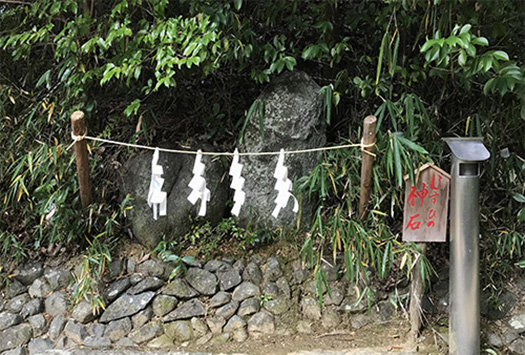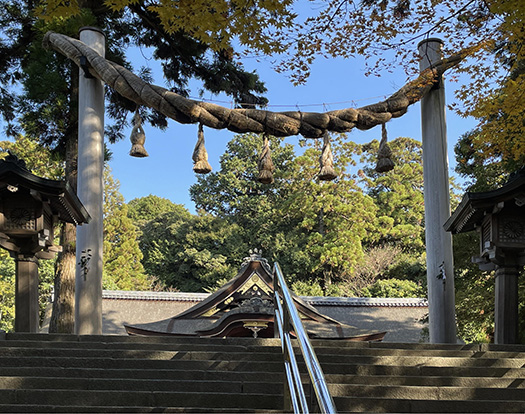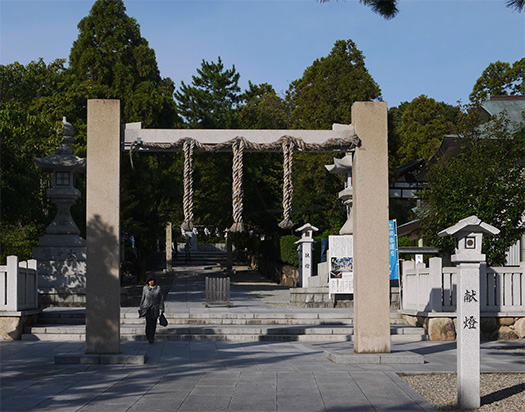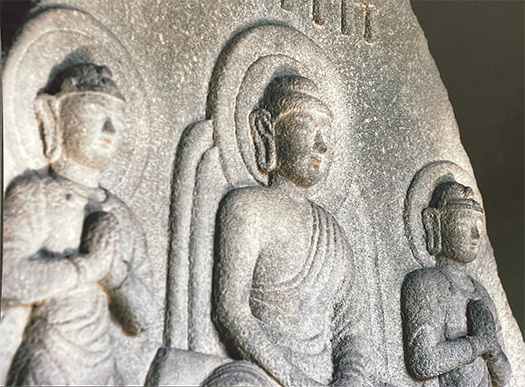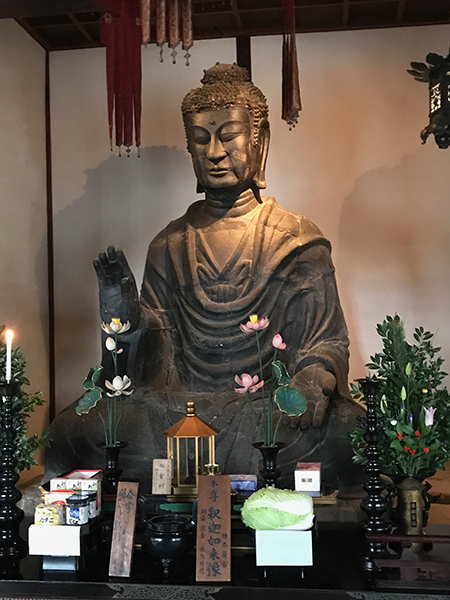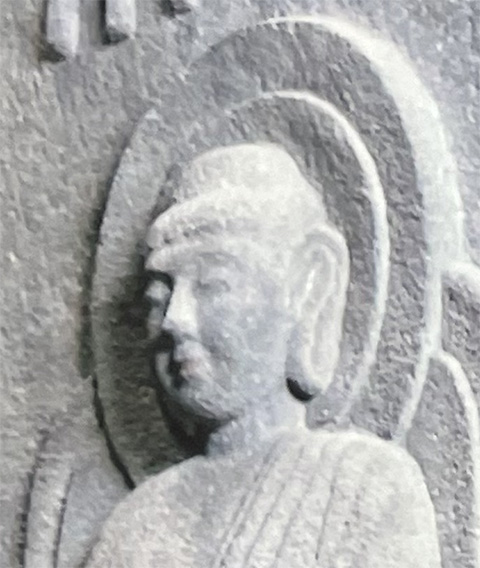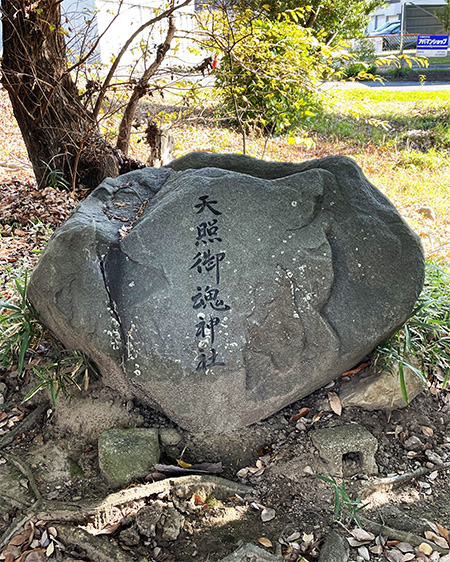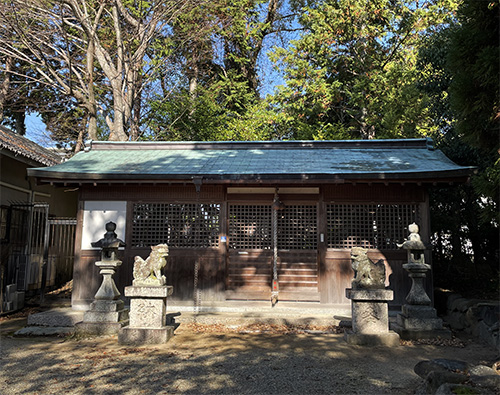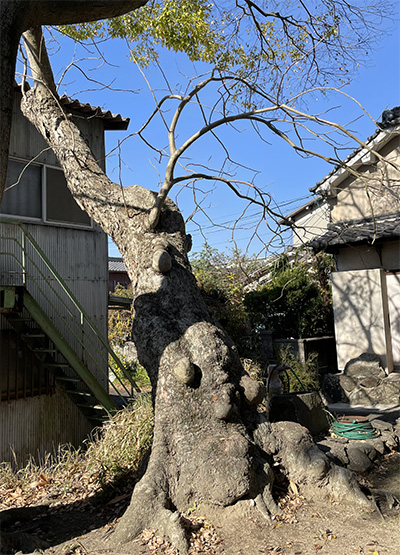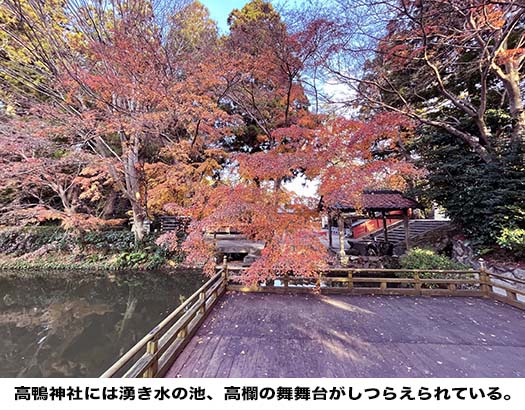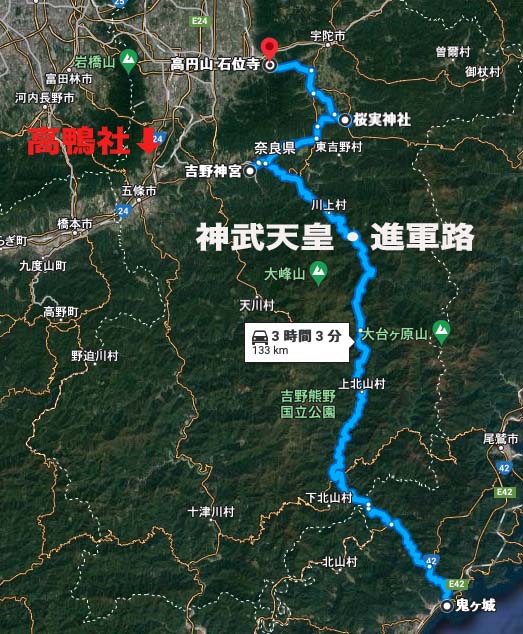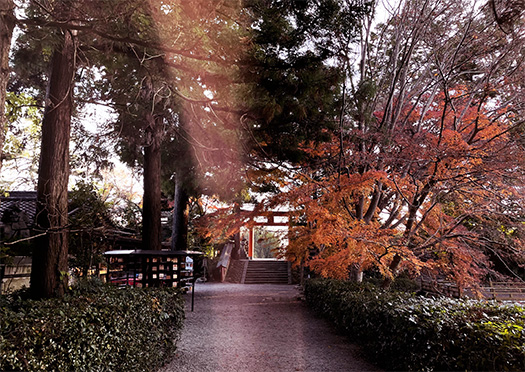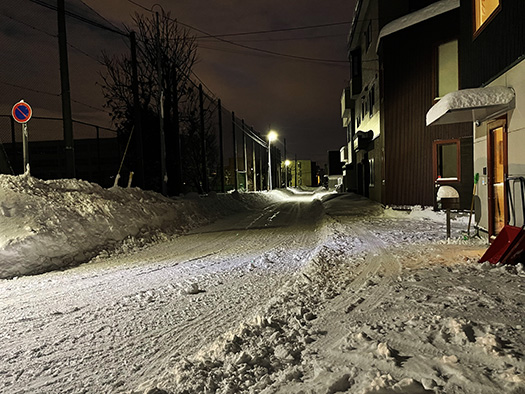
昨日10日より通常業務が開始という会社は多いだろうと思います。わたしはちょっと札幌を離れていたのですが、昨日帰還。いきなりの大雪の風景が出迎えてくれました(泣)。
知人の北海道内の住宅研究者のTさんからは住宅系時事ネタ復帰へのブロックサインも出ていました。北海道の住まいと暮らしにとって「雪との付き合い方」は永く続くテーマ。札幌は年間積雪が6mを超えるという世界で稀な多雪地域の大都市圏。参考までに「札幌を東京地域に重ねたら」地図が以下。
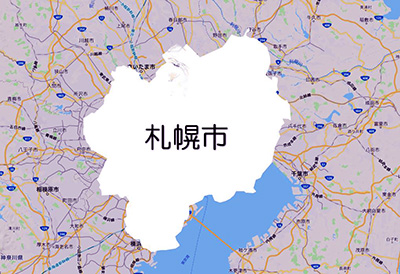
〜https://hokkaido.press/sapocan/より引用。〜
東はほぼ千葉市近くまで及び、西は横浜市をも飲み込む勢い。さらに北はさいたま市を包囲している。関東を動き回るときこういうルートで動くと、高速を使っても相当の時間が掛かる。渋滞まで計算したら丸1日程度、移動するのに掛かるのではないか。これほどに都市面積がデカいので「除雪」のために費やさなければならない費用コストが巨大。この冬はそう大きな降雪がなく、やや安心していたのではありますが、そうは問屋が卸してはくれない。
なんですが、わが家の周辺には夜の間に除雪が来てくれて、ご覧のようなスッキリ感であります。札幌を離れていたけれど建物周辺の雪処理も家人スタッフがやってくれていて感謝であります。罪滅ぼしにこれから雪処理を一生懸命やっていきたいのですが、チョコチョコと出張予定も入ってくる。そうするとその日程を狙ったように降雪があるのが困ったものなんですけど・・・。
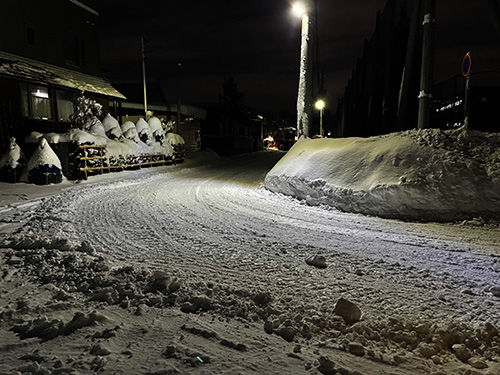
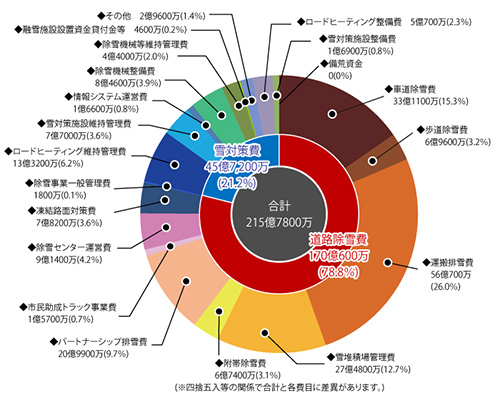
さてこの除雪費用について、なんとかコスト削減を図っていくのが札幌市のサスティナビリティ優先度高めテーマ。市民生活の利便性と除雪費用の費用対効果を見定めて安定的な着地点を展望する必要がある。現状では合計で215.8億円程度掛かっているのですね。最近話題になっているコスト削減策というのは、徹底的に除排雪するのではなく「ほどほどの圧雪状態」で「やりすごそう」という作戦。
昨年あたりから市民の話題になってきているのですが、この施策も運用がなかなか難しい。タイミングとバランス配分次第では市民からの苦情爆発も避けられないのであります。
予報では本日から週末に掛けて今度は気温高めなんだとか。そうすると今度は道路面の圧雪が「グチャグチャ」雪に変貌する可能性が高い。今年も忘れずやってきた大雪さん、お久しぶりであります。まぁ切っても切れない関係なので気長に末永いお付き合い。なまあたたかく、よろしくであります(笑)。
English version⬇
The New Year started in earnest in the midst of a heavy snowstorm.
General Winter took advantage of the moment when I was away from Sapporo for a little while. We will welcome him warmly this year as well. The New Year is just around the corner.
I am sure that many companies have started their normal business operations since yesterday, the 10th. I was away from Sapporo for a while, but returned yesterday. I was suddenly greeted with a heavy snow scene (tears).
Mr. T, a housing researcher in Hokkaido, who is an acquaintance of mine, gave me a block sign to return to the housing-related current affairs. For housing and living in Hokkaido, “how to deal with snow” is an enduring theme. Sapporo is a metropolitan area with an annual snowfall of over 6 meters, which is rare in the world for a metropolitan area with heavy snowfall. For reference, the map below shows Sapporo superimposed on the Tokyo area.
To the east, it extends almost to Chiba City, and to the west, it is threatening to swallow Yokohama City. It also encircles Saitama City in the north. When moving around the Kanto region along these routes, it takes a considerable amount of time even if you use the expressway. If traffic jams are included in the calculation, it would take about a full day to travel around. The cost of “snow removal” is huge for such a large city. We were somewhat relieved that there was no significant snowfall this winter, but that is not the case with us.
However, the snow plows came to the area around our house during the night, and as you can see, it is very clear. Although I was away from Sapporo, my wife’s staff took care of the snow around our building, and I am very grateful to them. I would like to make up for my sins by doing my best to clean up the snow from now on, but I also have some business trips coming up. I am also planning to go on a few business trips, but it’s a problem that the snow falls on the same dates as my business trips….
Now, the city of Sapporo’s sustainability priority theme is to somehow reduce the cost of snow removal. It is necessary to determine the cost-effectiveness of snow removal costs in relation to the convenience of citizens’ lives, and to look for a stable landing point. Currently, the total cost is about 21.58 billion yen. A cost-cutting measure that has been talked about recently is the strategy of “getting by” with “moderately compacted snow” instead of thorough snow removal.
This has been a topic of conversation among citizens since last year, but it is also quite difficult to implement this measure. Depending on the timing and the distribution of the balance, an explosion of complaints from citizens may be inevitable.
According to the forecast, the temperature will be higher from today through the weekend. If this happens, there is a high possibility that the compacted snow on the road surface will turn into “squishy” snow. It has been a long time since we have had a heavy snowfall this year. We are inseparable, so please be patient with us for a long time to come. I wish you a long and fruitful relationship with us.
Posted on 1月 11th, 2023 by 三木 奎吾
Filed under: 「都市の快適」研究, 住宅マーケティング | No Comments »


